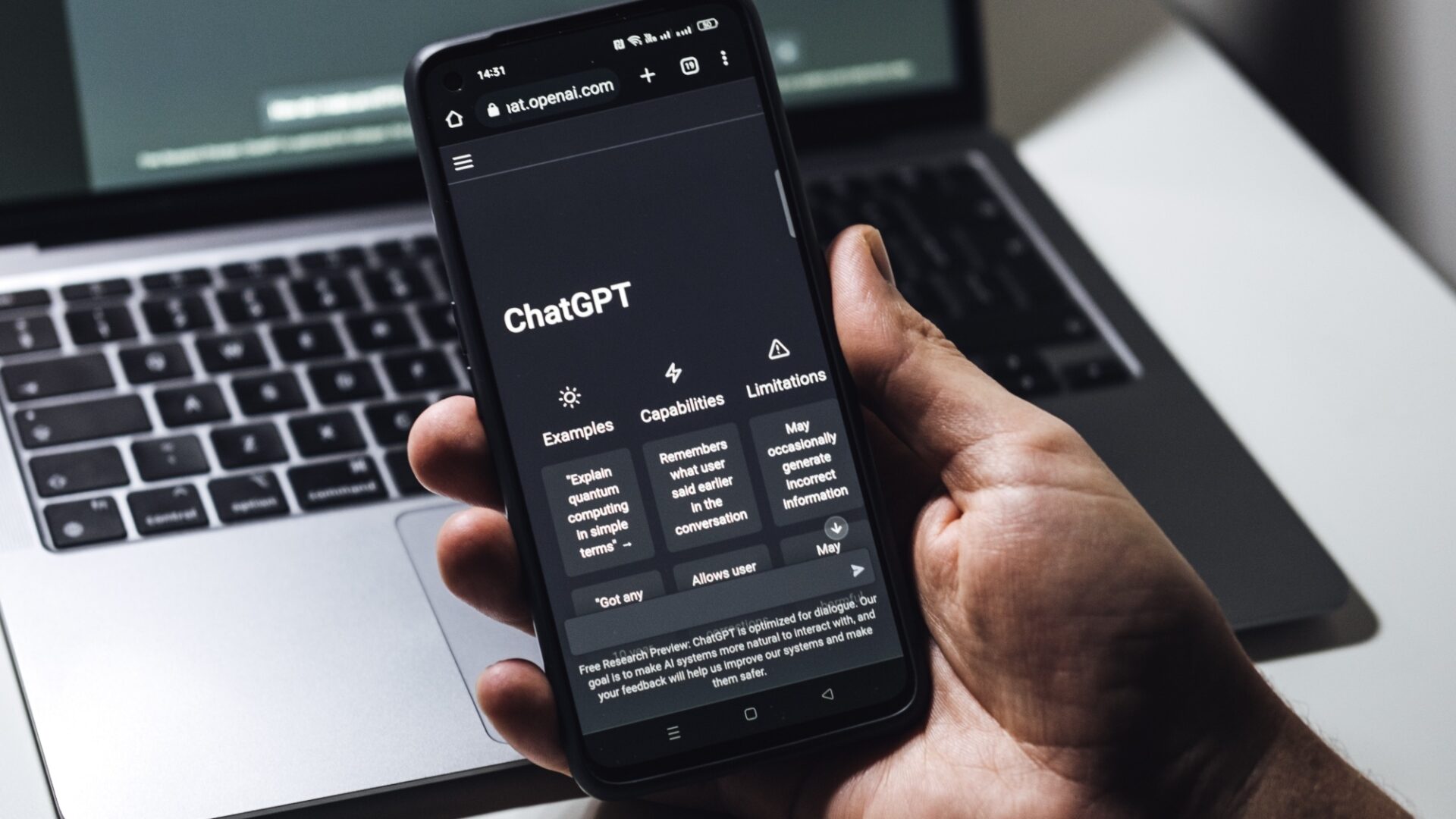
ChatGPT’s Interface
At its core, ChatGPT is designed to mimic human communication in a way that is natural, seamless, and engaging. It is trained on a diverse range of text sources, including news articles, books, and online forums, allowing it to understand a wide range of topics and respond to a broad range of queries.
One of the key benefits of ChatGPT is its ability to learn and adapt to new information over time. As users interact with the system and provide feedback, ChatGPT uses this information to continually refine its responses and improve its accuracy. This ensures that users receive the most relevant and helpful information possible, regardless of their query.
ChatGPT is used in a variety of applications and industries, including customer service, chatbots, and virtual assistants. It has proven to be an effective tool for automating routine tasks, answering frequently asked questions, and providing personalized assistance to customers and users.

It Uses Tons Of Data To Produce Language Results
However, while ChatGPT has many advantages, it is important to recognize that it is not perfect. Like all artificial intelligence systems, it is only as good as the data it is trained on, and it can sometimes produce responses that are biased, incomplete, or inaccurate. It is important for developers and users to be aware of these limitations and take steps to ensure that the system is used appropriately and responsibly.
ChatGPT is an impressive artificial intelligence language model that has the potential to revolutionize the way we communicate with computers. With its ability to understand and respond to natural language queries in real-time, it is quickly becoming a valuable tool for businesses, organizations, and individuals alike. While it is not without its limitations, its benefits make it an exciting development in the field of artificial intelligence, and it will be interesting to see how it evolves in the years to come.

It’s Here To Stay







